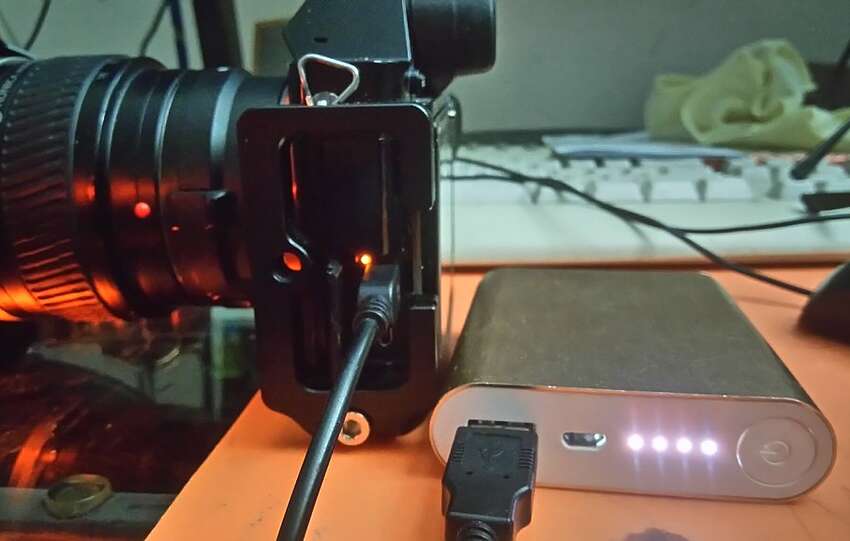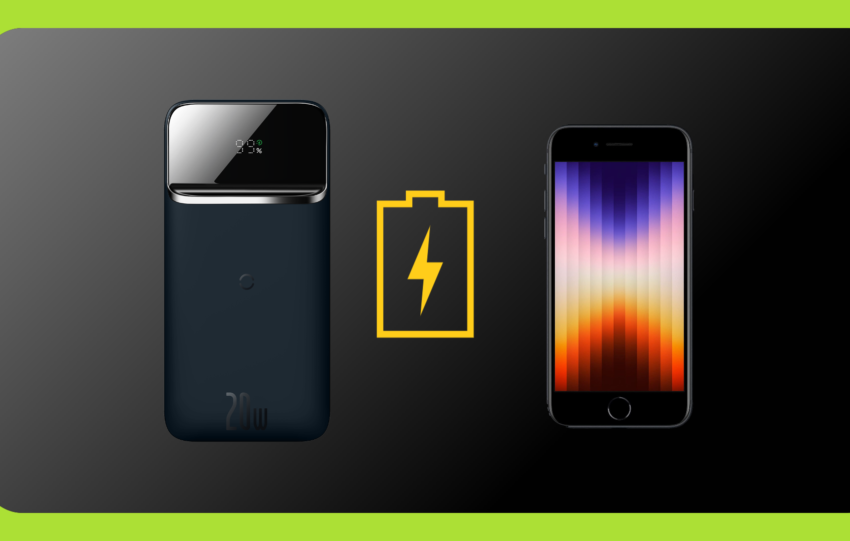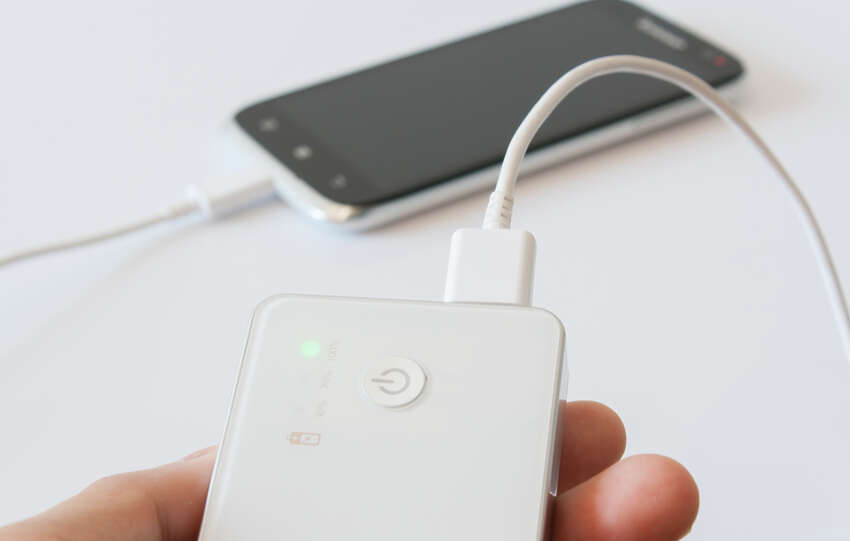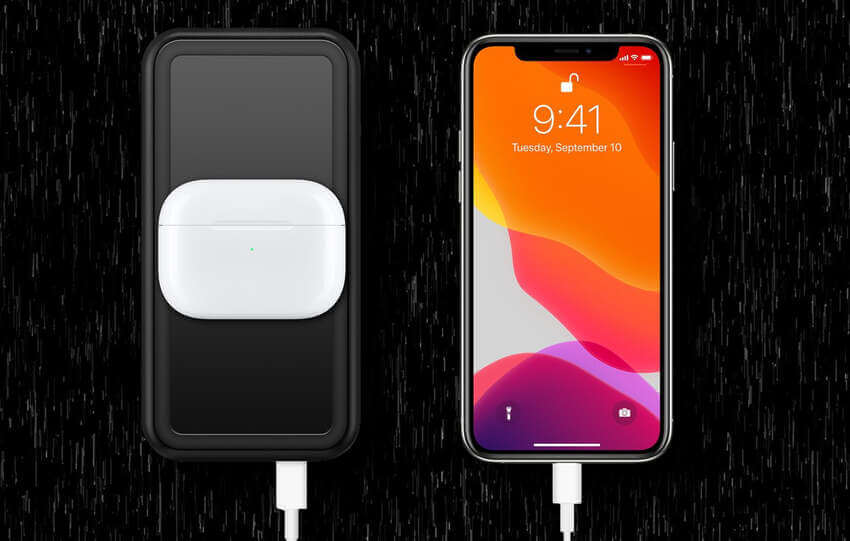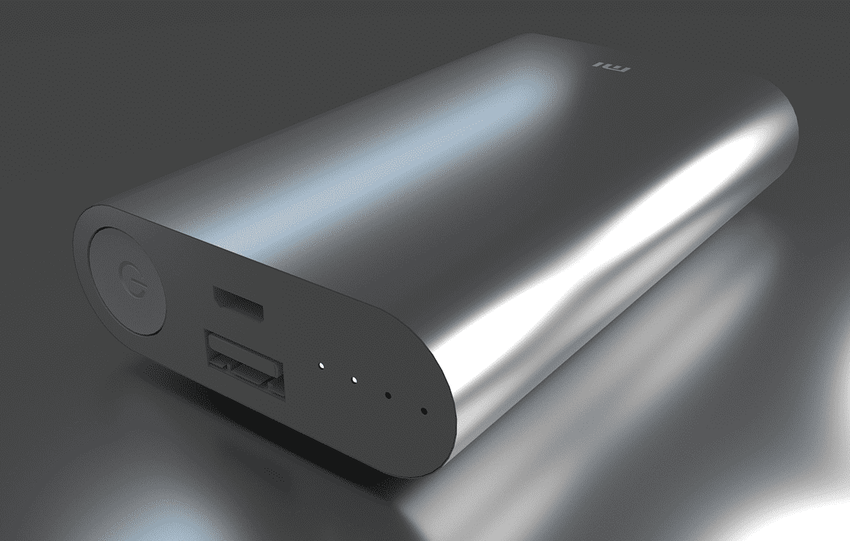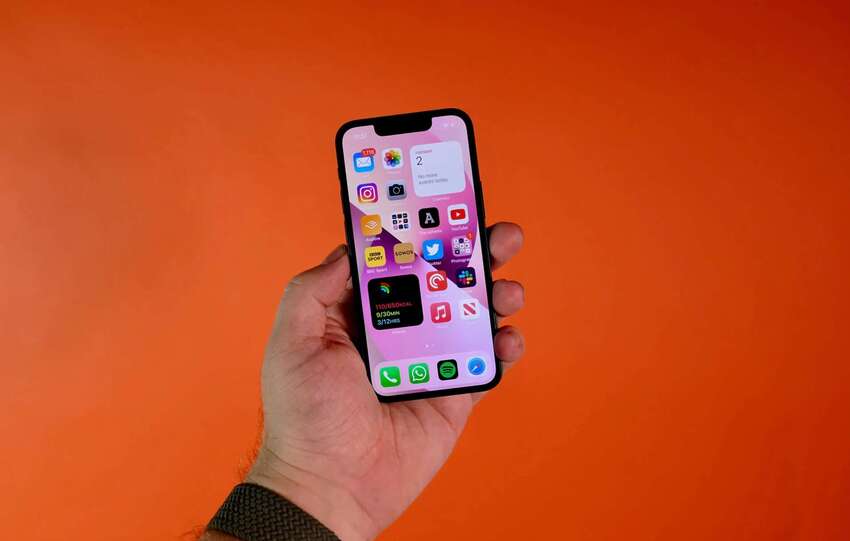Share This Article
When the sun is shining and you have a full charge your battery is at its happiest. But when the clouds roll in or you forget to plug in your car for the day, you need some help preserving that charge.
That’s where a good solar power bank comes in. Whether you own an electric car or want to simply keep your phone charged whenever possible, banking energy from the sun has never been easier.
These days, it’s common knowledge that we can reduce our reliance on non-renewable energy sources by harnessing the power of solar panels, which is why so many people are turning to portable solar power banks as well.
And with so many different brands available today, it’s easier than ever before to find one that meets your needs specifically.
If you plan on buying one anytime soon and are looking for some helpful tips along the way, then keep reading!
What is a solar power bank?
A solar power bank is a portable charger that stores the energy from the sun. They’re useful for people who want a battery-powered device to help them out in times of need, such as when they are on the go and their phone runs out of juice.
There are different kinds of solar power banks, but all of them work by harnessing energy from the sun and storing it in some way.
How does a solar power bank work?
First, think about what you want the solar power bank for. If you have an electric device that can be charged via USB-C or wirelessly, then a solar power bank is most likely going to be for you.
A few other popular uses for a solar power bank include charging your phone, powering small speakers, and even powering remote cameras.
Now let’s get into the nitty-gritty of how these things work! Solar cells are connected to an inverter which converts electrical energy from the sun into usable electricity.
These devices need four main components: a battery, a charger, a solar panel, and a case to hold them all together and protect them when they’re on the go.
The case is typically made out of durable plastic or metal as it protects against scratches and bumps that could damage your valuable new investment.
The battery stores the energy that’s collected from the solar cell so you don’t lose any of it before it reaches your device. It also contains circuitry that allows you to select how much current you want to use when charging your device.
You can charge smartphones with quick-charge technology or charge laptops with regular chargers (as well as other devices).
The charger is found in most cases and charges your batteries through your USB port. But some brands offer wireless charging capabilities in their products as well which can be ideal if you don’t want to plug in cables into your power bank every time you need
Choosing the best portable solar power bank for you
There’s a lot to consider when choosing the best solar power bank for you.
Is it compatible with your current device?
How much can it charge?
What are its dimensions?
These are all important questions to ask before you decide on which portable solar power bank is best for you. But don’t worry, we did some of the work for you!
With our handy guide on how solar power banks work, what they look like, and how they function, we hope that you’ll be able to find the perfect one for your needs within minutes.
How to Choose a Good Solar Bank
There are a few important things to consider when buying a solar power bank. The first is the amount of power it can store.
One leading brand, Anker, has models that range from 10000 mAh to 10400 mAh, with prices ranging from $20-100. You’ll want to decide which size will meet your needs best. The next thing to think about is how fast these batteries charge up.
Some brands offer charging speeds of up to 5v/1A, but if you want quicker charging times you may want to choose one that charges at 2A or 3A.
If you need an extremely long-lasting solar power bank then look for one that offers a high discharge rate and decent capacity.
If you plan on using the bank in harsh conditions like in cold weather or on the beach, make sure it has some extra protection features like waterproofing and shockproofing so it can handle whatever life throws your way.
4 types of portable solar power banks
There are four main types of portable solar power banks:
1. Solar battery bank- this type of solar power bank is the most common and it charges up with the sun’s rays.
2. Solar panel-bank- this type of solar power bank is a small portable solar panel that can charge your phone, whereas a solar battery bank cannot.
3. Solar charger- this type of solar power bank works just like a regular charger but is designed to charge up in the sun instead of plugged into an outlet or USB port.
4. Backup battery- this type of solar power bank is relatively new but it’s still gaining popularity; its a smaller form factor than other types and it can be charged by a wall plug or USB hub as well as the sun. At times, when you simply need an emergency backup for your phone or tablet, there’s nothing better than having one on hand in your backpack!
When should you use your solar power bank?
When you don’t have access to your charger, but still need a charge, it’s time to use your solar power bank. By using these portable chargers, you can be sure that your device will be fully charged even when you are on the road or in an area without electricity.
These gadgets are good for keeping your phone or other devices running and draining less power than they would if they were plugged into a wall socket.
They also provide an extra boost so that you stay entertained without worrying about running out of juice when there is plenty of sunlight still around!
Conclusion
Solar power banks are great to use when you need more power for your gadgets. But, as with all solar devices, make sure to keep this device in the shade when it’s charging. It can be very dangerous if it overheats.

